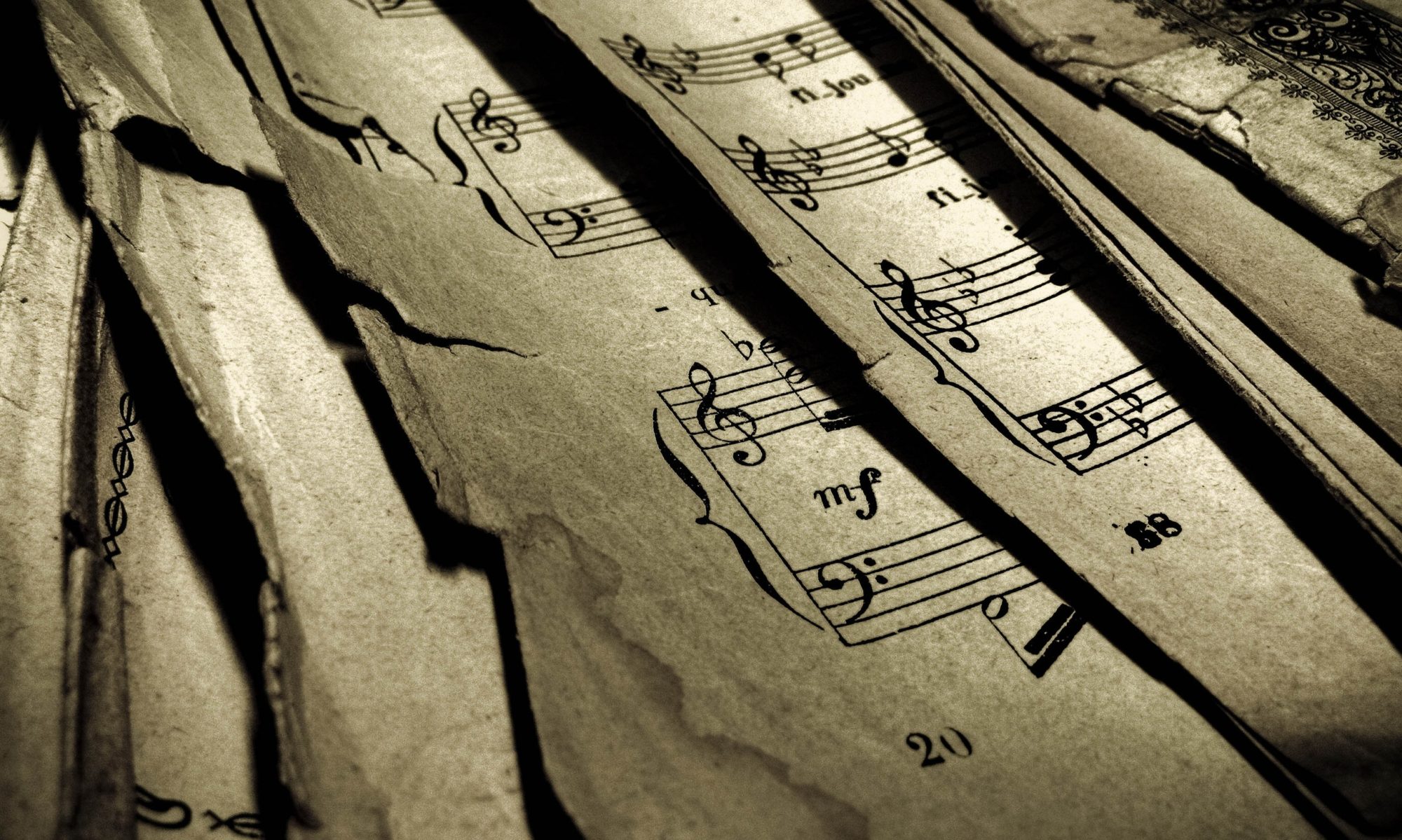-
Dale Gunter posted an update 4 years, 4 months ago
Deciding on a PCB resources for higher-frequency applications
Selecting a PCB components forhigh-frequency printed-circuit board (PCB) is typically a compromise, typically between cost and efficiency. But PCB resources are also chosen by two key aspects:
How nicely they meet the demands of an end-use applications.
What sort of energy is needed to fabricate a desired circuit with a specific components.
site These two are usually a demanding variables amid the customer and their demands.
Even though, these two aspects may possibly not mesh:
One materials may be properly suited for a specific application but could pose some challenges in terms of the circuit fabrication.
And other materials may possibly be properly suited for distinct applications but may possibly pose couple of challenges in terms of a circuit fabrication.
Selecting the PCB’s is not that effortless, due to the fact Each and every PCB are created for various applications. There is no evidence for picking a Specific PCB materials. The strategy will be demonstrated with some of the far more popular higher-frequency PCB supplies, and exactly where every stands in terms of fabrication qualities and suitability for end-applications..
Material Utilized Circuit Fabrication Electrical Efficiency
PTFE with micro glass fiber Hard Superb
Ceramic – filled PTFEModerate Outstanding
Ceramic–filled Hydrocarbon DifficultGood
Choosing supplies based on circuit fabrication Issues:
A amount of diverse mechanical processes are essential as portion of higher-frequency PCB fabrication. In basic, the most critical of these would be drilling, plated-by way of-hole (PTH) planning, multilayer lamination, and assembly.
The drilling approach is typically concerned with making clean holes, which will later be metalized to form viaholes for electrical connections from 1 conductive layer to one more.
Some considerations with the drilling procedure consist of smear, burring, and fracturing of the materials. Smearing can be lethal to PCB fabrication employing a PTFE based mostly materials, because there is no way to eliminate the smear.
Fracturing can be fatal for some of the nonwoven glass hydrocarbon materials even so, most of the woven glass hydrocarbon resources do not have this concern.
The PTH planning procedure is reasonably properly defined and straightforward for most non-PTFE materials, though particular processing is necessary when forming PTHs for PTFE-primarily based resources.
Ceramic-filled PTFE-primarily based supplies supply PTH preparation choices which are more forgiving. Nonetheless, non-ceramic-filled PTFE resources call for a special procedure which can restrict final circuit yields.
Fabricating multilayer PCBs presents many problems. One particular is the fact that dissimilar materials are frequently getting bonded together, and these dissimilar materials can have properties which complicate drilling and PTH preparation processes.
Also, a mismatch in between specific material properties, such as coefficient of thermal growth (CTE), can lead to reliability difficulties when the circuit is thermally stressed during assembly.
A goal of the material variety procedure is to uncover a good combination of circuit components for a multilayer PCB which enable useful fabrication processing whilst also meeting finish-use demands.
Choosing materials based on end-use applications:
There are many distinct issues for deciding on materials for large frequency applications.
Merchandise Dissipation aspect Thermal coefficient Volume Resistivity Surface Resistivity Moisture Absorption
PTFE ceramic .0022 -280 ten^1210^11 .05
Woven Glass .0027 -212 10^7 ten^7 .05
Hydro Carbon .0037 +50 1.210^9 five.710^9 .05
There are several problems to contemplate when selecting a circuit material for large-frequency PCB applications. Some are associated to fabrication issues for making the most robust PCB feasible, and some to obtaining the very best electrical overall performance feasible for a offered application.
Since of various tradeoffs, the material for fabricating the most robust PCB may possibly not be the same a single for the highest electrical functionality for an application.
Multilayer hybrid PCBs signify 1 way to pick a blend of resources to mix robustness and excellent electrical performance.
Reference:
* John Coonrod, "Substantial Frequency PCBs Utilizing Hybrid and Homogenous Constructions.
* J.W. Reynolds, P.A. LaFrance, J.C. Rautio, and A.F. Horn, III, "Effect of conductor profile on the insertion loss, propagation consistent, and dispersion in thin substantial frequency transmission lines."
These write-up explains about deciding on a PCB supplies forhigh-frequency printed-circuit board.
So for picking a greatest Pcb designand for the design and style services, the impact taken is high as significantly as we expected.

Tali Gottfried and Grace Thompson